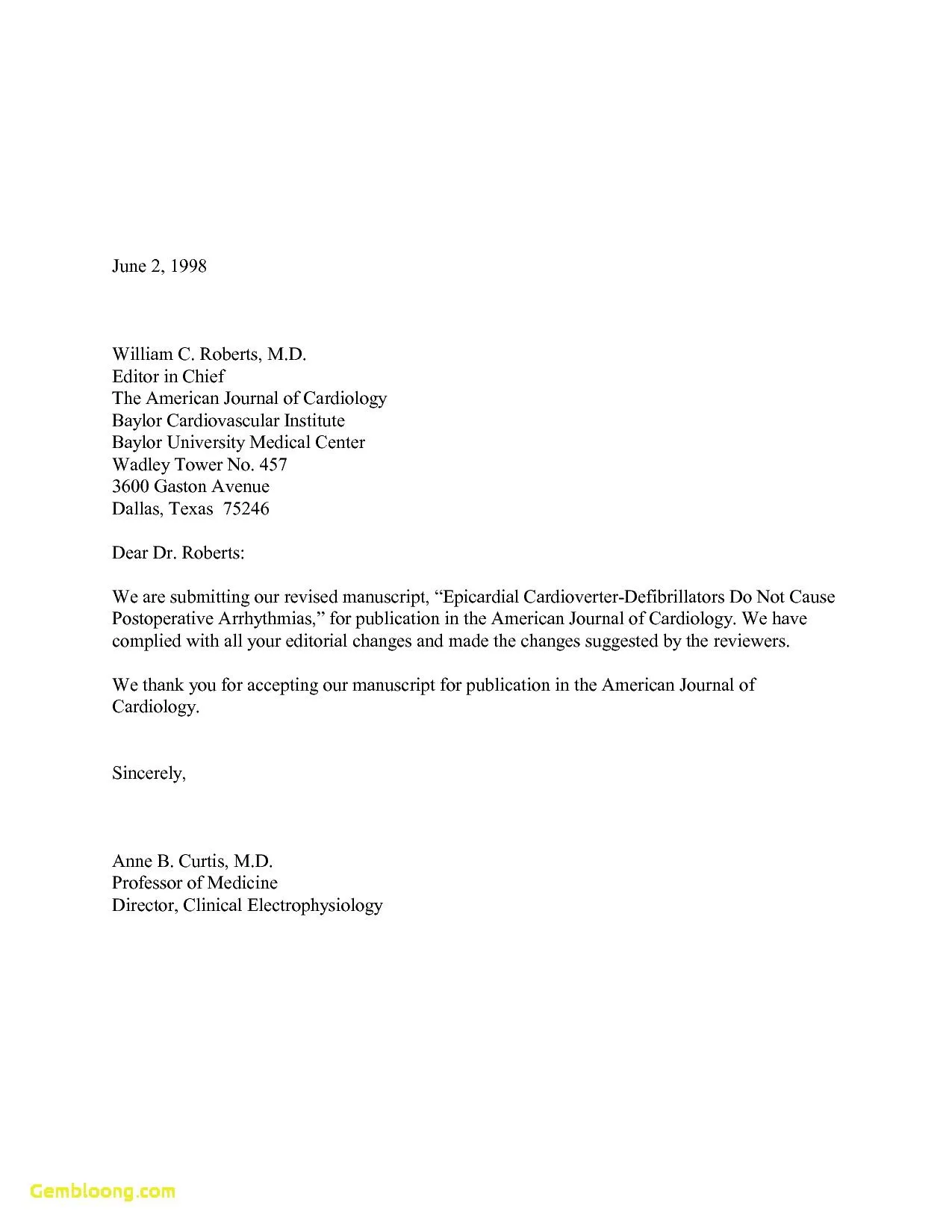What is a Manuscript Submission Cover Letter?
A manuscript submission cover letter is a crucial document accompanying your research paper or article when you send it to a journal for publication. It serves as your first point of contact with the editor and sets the tone for your submission. It’s not just a formality; it’s a persuasive tool that can significantly influence the editor’s initial impression and decision. This letter provides essential context, highlights the significance of your work, and demonstrates your professionalism as an author. A well-crafted cover letter increases the likelihood of your manuscript being considered favorably, making it an indispensable part of the publication process. It’s your opportunity to make a compelling case for why your work deserves to be published in their journal. Effectively communicating your research’s value and the reasons for choosing that particular journal is key.
Key Elements of a Manuscript Submission Cover Letter
Several key elements must be included in your manuscript submission cover letter to make it effective. Begin by addressing the editor or the specific person mentioned in the journal’s guidelines. Clearly state the title of your manuscript, the type of article it is (e.g., original research, review article), and the journal to which you are submitting. Provide a concise summary of your research, emphasizing its key findings and their importance. Highlight the originality and novelty of your work and why it advances the current understanding in the field. Mention the target audience for your research and how it aligns with the journal’s scope. It is critical to declare any conflicts of interest and acknowledge any funding sources. You should also confirm that your manuscript adheres to the journal’s specific guidelines. Finish by including all relevant contact information, allowing the editor to easily reach you.
Address the Editor and Journal
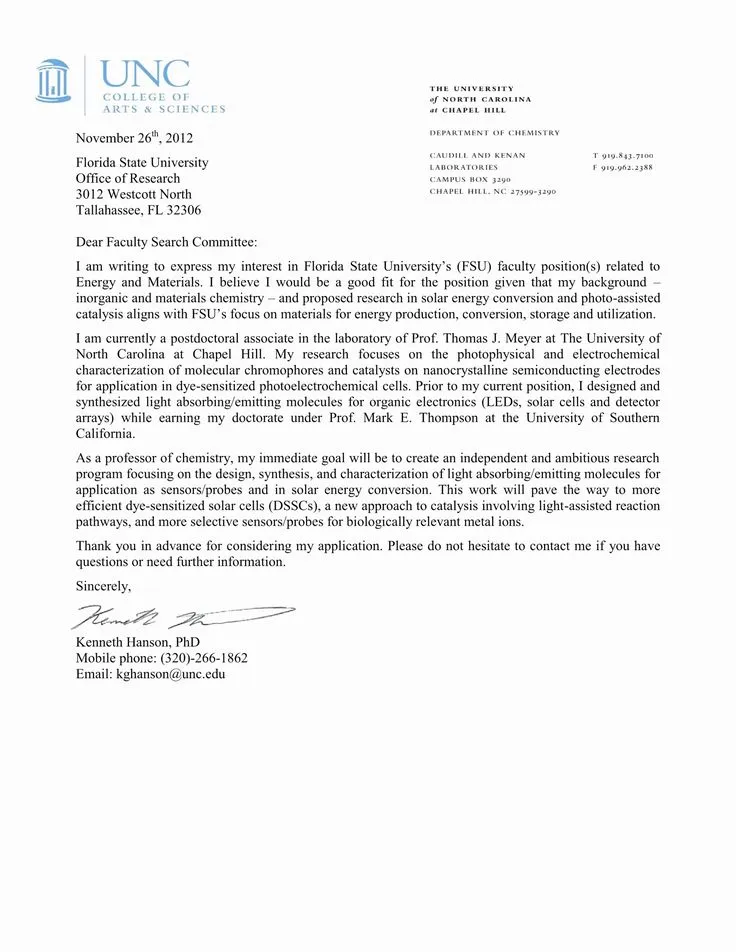
Addressing the editor correctly is the first step in making a professional impression. Always find out the editor’s name and use it in the greeting; generic greetings like ‘Dear Editor’ are acceptable but less impactful than a personalized approach. Show you’ve done your homework about the journal. Briefly explain why you believe your manuscript is a good fit for their publication. This demonstrates that you understand the journal’s focus and audience, increasing the likelihood of a positive response. Tailor your letter to the specific journal’s requirements; reviewing the journal’s submission guidelines will help you align your letter with their expectations. This also shows your respect for their process. A well-addressed and tailored cover letter sets a positive tone, showing the editor that you have taken the time to understand their journal and are serious about publishing there. This attention to detail can set your submission apart.
Highlight Your Manuscript’s Significance
Clearly articulate the significance of your manuscript. Why should the journal publish your work? Explain its importance within your field. Discuss how it contributes to the existing body of knowledge. Emphasize any novel findings or insights. What problems does your research solve, or what new questions does it raise? Indicate the potential impact of your work on your field. This may include its implications for future research, practical applications, or policy recommendations. If your work has already gained some attention (e.g., presented at a conference), mention it briefly. The goal is to immediately grab the editor’s attention and make them understand why your manuscript deserves consideration. You want to leave a lasting impression that your research is groundbreaking.
Briefly Summarize Your Research
Provide a concise overview of your research, including your key objectives, methods, and main findings. Keep it brief, ideally within a few sentences, focusing on the most essential aspects. The summary should be easy to understand, even for someone unfamiliar with your specific area. Avoid technical jargon where possible, or define any specialized terms. Emphasize what makes your study unique. What are the most significant results, and what new insights do they provide? This helps the editor quickly grasp the essence of your research. This summary serves as a quick snapshot, making it easier for the editor to decide whether to read your manuscript. This should complement the abstract, providing a brief, informative, and engaging overview of the research presented.
Emphasize Originality and Novelty
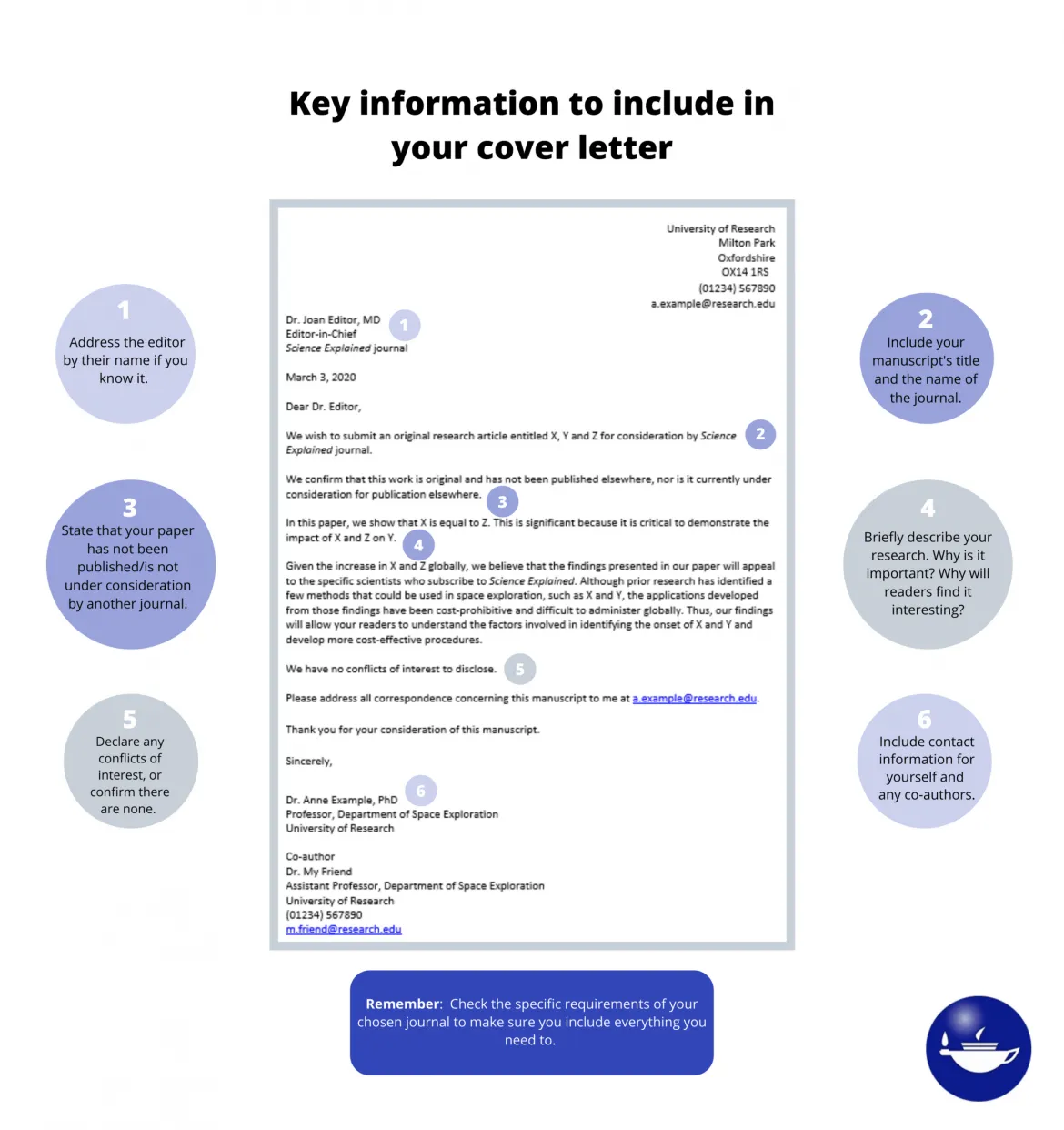
Highlight the novel aspects of your research that set it apart from existing literature. Explain how your work contributes new knowledge or perspectives to your field. Clearly identify the gaps in the current understanding that your research addresses. Discuss any new methodologies, techniques, or approaches you’ve employed. Explain why these are important or superior to existing methods. Mention any novel findings or discoveries. What are the key results that haven’t been reported before? Explain the significance of your originality. Why is your research important, and how does it advance the state of knowledge? The editor needs to understand why your submission is valuable and worthy of publication. Demonstrating originality greatly increases the chances of your manuscript being selected, since journals prioritize original research that expands their field.
Mention the Target Audience
Identify the specific audience for your research. Who will benefit from reading your article? Mention how your research aligns with the journal’s readership. Explain why the journal’s audience would be interested in your work. This could be because of the relevance of your topic or the novelty of your findings. Consider how your research could influence the readers. Will it inform practice, stimulate further research, or shape policies? Tailor your language to resonate with the expected readership. Use language that is accessible and appropriate for the target audience, avoiding excessive jargon if needed. Connecting your research to the journal’s readership and illustrating its appeal will improve the odds of your manuscript being published, ensuring it reaches the intended audience.
Declare Conflicts of Interest
Disclose any potential conflicts of interest. Transparency builds trust with the editor and reviewers. Declare any financial, personal, or professional relationships that could influence your research or its interpretation. Even if you don’t think a conflict exists, it is better to be cautious and include a statement. Clearly state whether any conflicts exist, or explicitly state that there are no conflicts of interest. Follow the journal’s guidelines for reporting conflicts. Make sure to include the exact format requested by the journal. A clear and honest declaration of conflicts of interest demonstrates integrity, which is essential in academic publishing. Failure to do so can lead to rejection or retraction of your paper. This practice is crucial for ethical and reliable research.
State Funding and Support
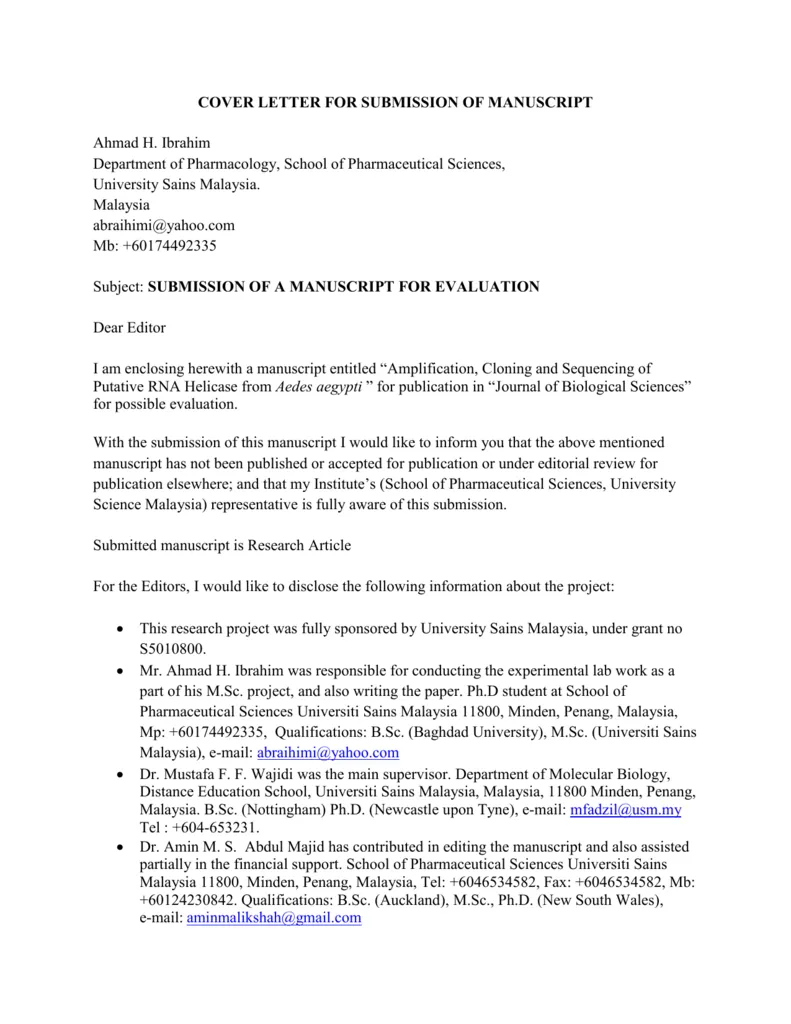
Acknowledge all sources of funding that supported your research. Include the names of funding agencies, grant numbers, and any other relevant details. Also acknowledge any other support received, such as assistance with data collection, analysis, or writing. Proper acknowledgment shows transparency and gives credit to those who have contributed to your work. Follow the specific guidelines of the journal for acknowledging funding and support. Ensure that all information is accurate and complete. This is not just a formality; it is a matter of ethical publishing. It helps readers understand the context of your research and demonstrates the validity of your study. This practice reinforces credibility and shows the significance of your work.
Confirm Adherence to Journal Guidelines
Confirm that your manuscript complies with all of the journal’s guidelines. State that you have followed their specific requirements for formatting, style, and length. Mention that you have checked all necessary items, such as ethical approval, data availability, and conflict of interest disclosures. Verify that your manuscript meets the journal’s criteria for manuscript type (e.g., original research, review article). This demonstrates attention to detail and respect for the journal’s policies. Compliance ensures that your manuscript will be considered without immediate rejection. Mention if the journal requires any specific statements or forms (e.g., copyright transfer, ethical approval). Ensure that all required documents are submitted. This makes the process easier and improves your chances of having the article published.
Include Relevant Contact Information
Provide complete and accurate contact details so the editor can reach you easily. Include your full name, affiliation, and the corresponding author’s information. Make sure to give your email address, phone number, and mailing address. Always double-check the accuracy of your information. Errors can cause delays or prevent contact. Provide the name and contact details of the corresponding author if different from the main author. The corresponding author is the primary contact person. Make your contact details available in a concise format to ensure that the editor can reach you promptly. This ensures smooth communication and can expedite the publication process. Providing correct contact details shows your professionalism and attention to detail.
Proofread and Edit Your Letter
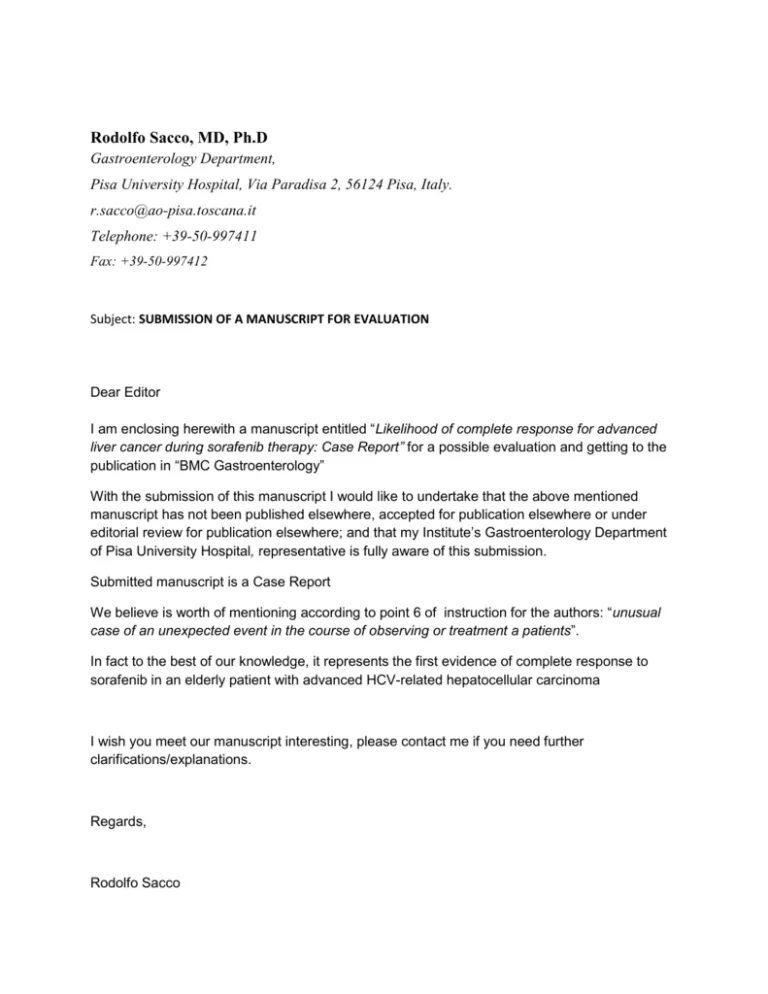
Carefully proofread your cover letter for any grammatical errors, spelling mistakes, and typos. Poorly written letters give a negative impression and undermine your credibility. Ensure that the language is clear, concise, and professional. Have someone else review your letter. Another pair of eyes can catch mistakes you might miss. Pay attention to the tone and style of your letter. Make sure it is appropriate for the journal and the editor. Avoid jargon or overly technical language, unless the journal’s audience is very specialized. Editing is vital. It ensures that your cover letter is polished and reflects positively on your research and yourself.
Tips for a Winning Cover Letter
Customize your cover letter for each journal. Tailor the letter to match the journal’s specific aims and scope. Keep your letter concise and to the point. Avoid unnecessary details. Focus on the most critical aspects of your research and its significance. Use a professional tone throughout the letter. Maintain a respectful and courteous attitude. Include keywords that align with your manuscript and the journal’s focus. Keywords help the editor quickly grasp the content of your work. Don’t be afraid to be enthusiastic about your research, while maintaining professionalism. Expressing genuine interest in the journal increases the chances of a positive response. The winning cover letter effectively captures the editor’s attention and makes a strong case for the value of your manuscript.
